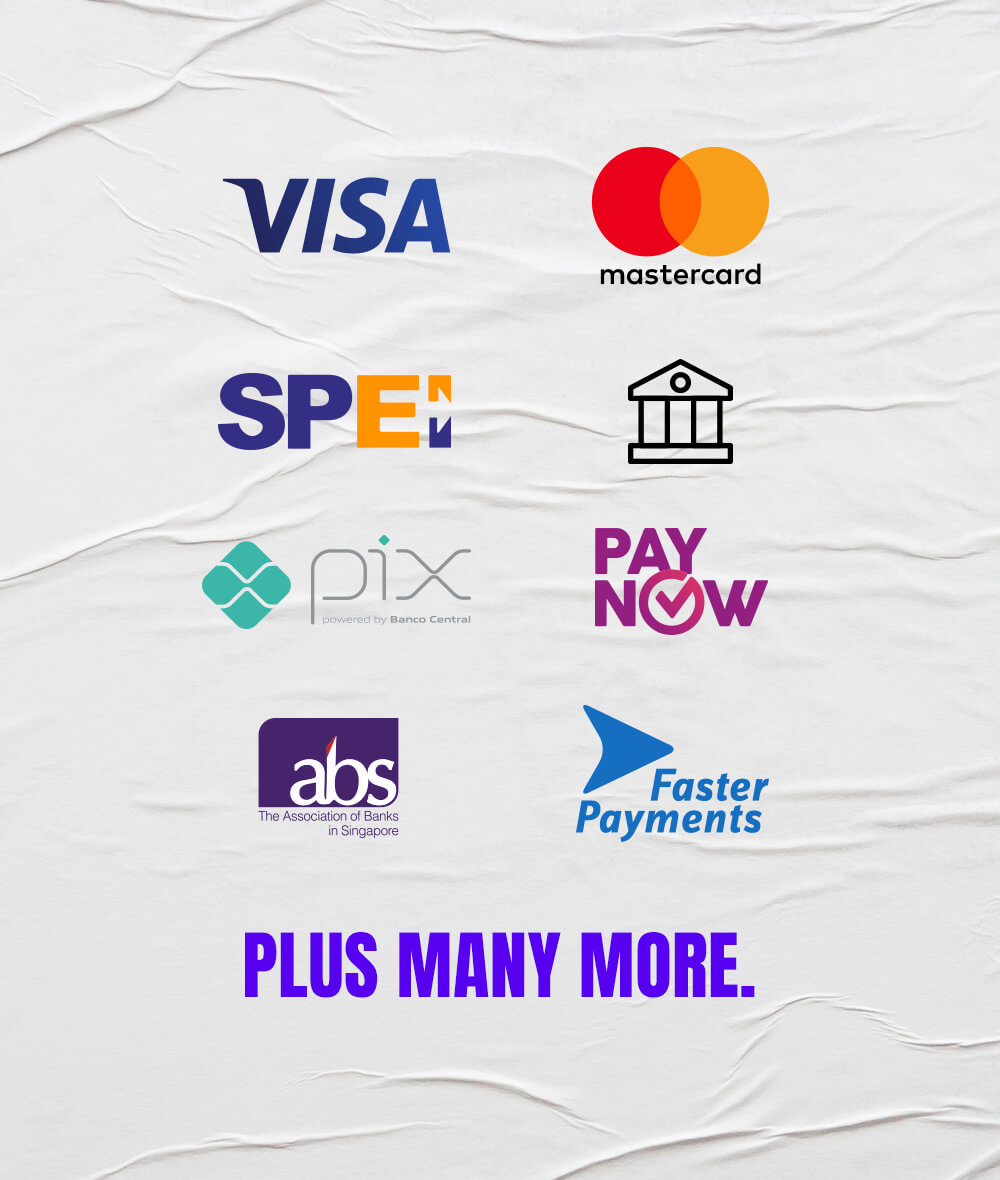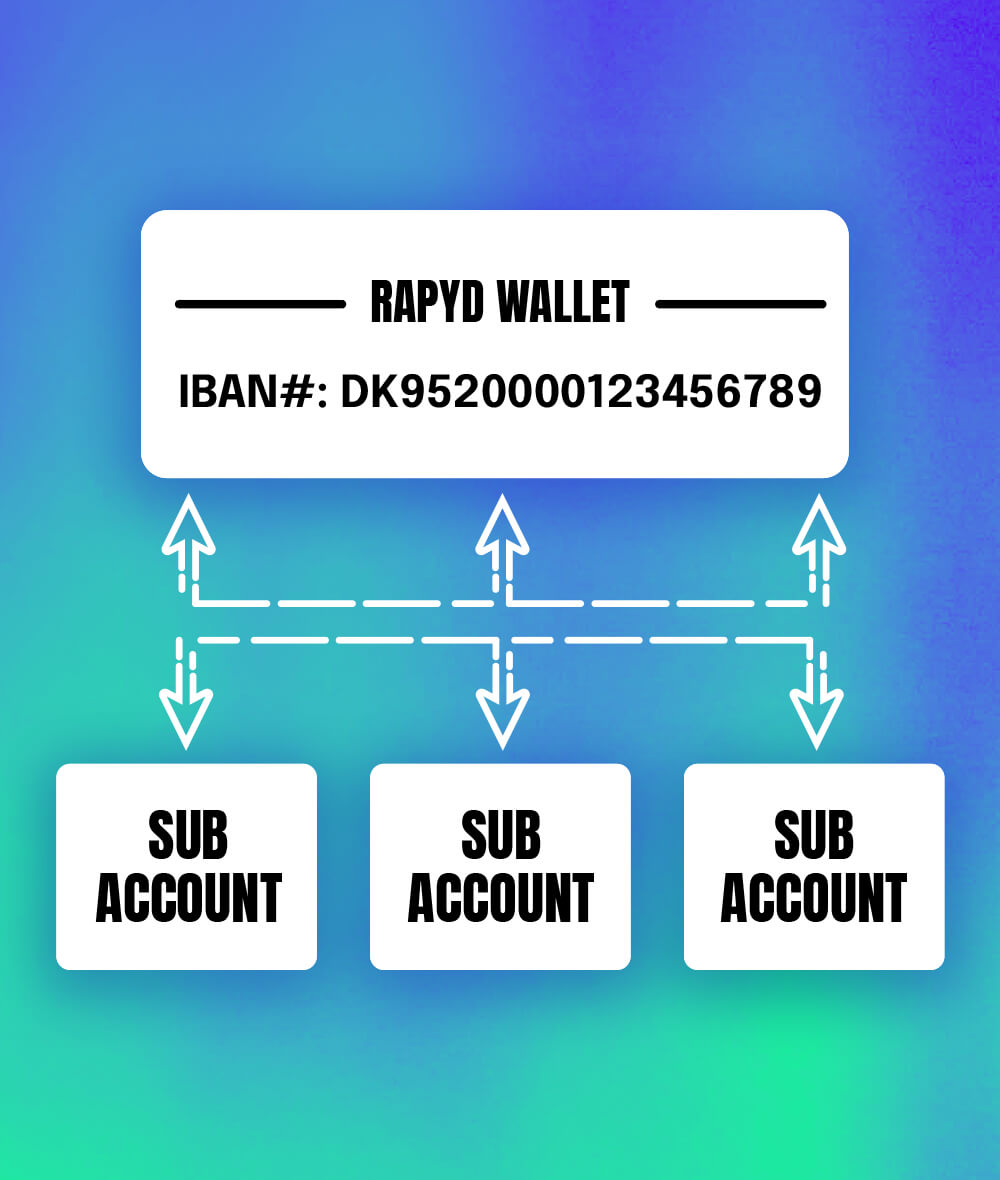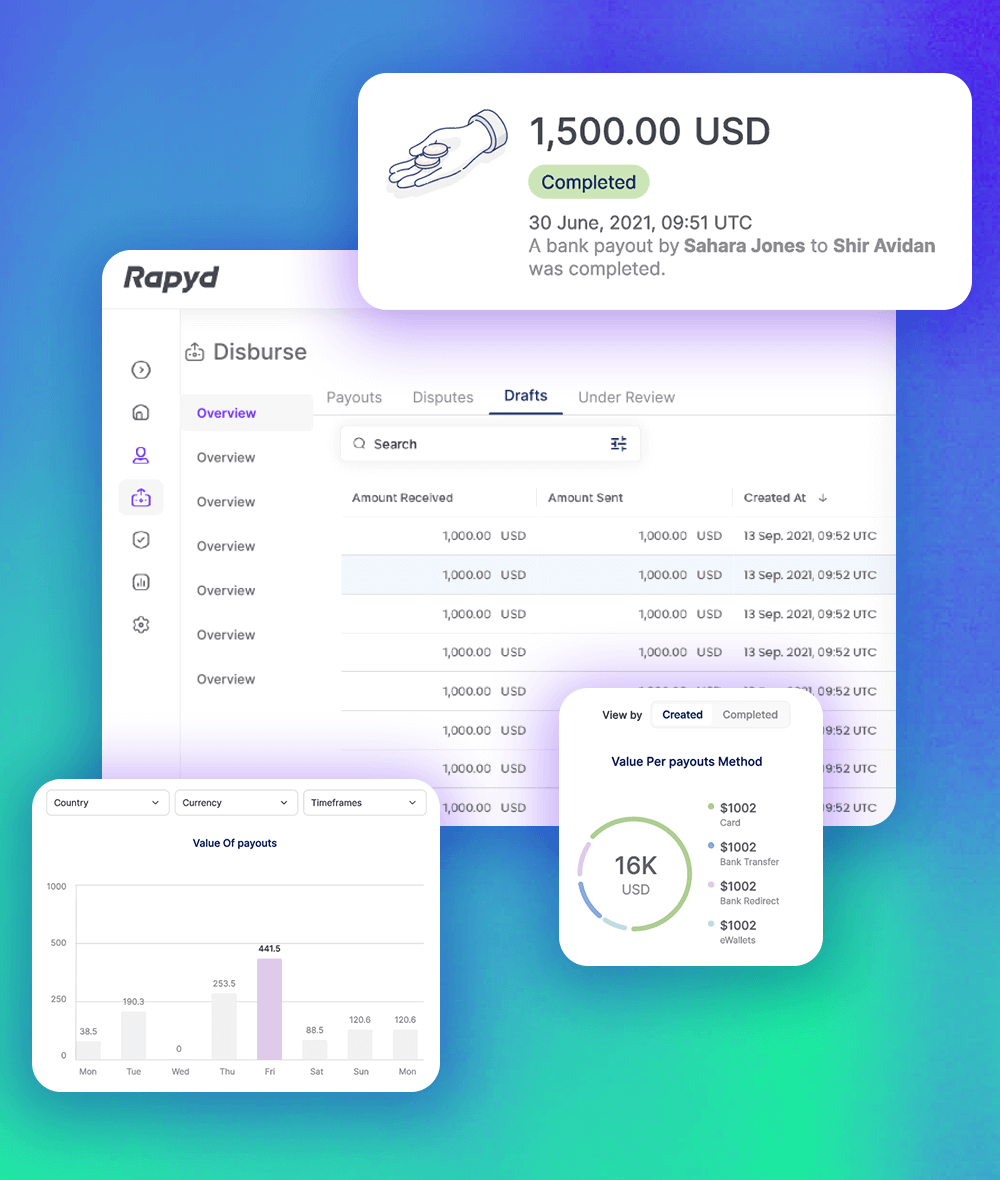Rapyd Disburse
GLOBAL PAYOUTS.
PERFECTED.
Rapyd Disburse is the cross-border payouts platform that makes sending funds around the world easier than ever.


DISBURSEMENTS FOR THE
WAY YOU DO BUSINESS
Single and Mass Payouts
Send payments to one beneficiary or hundreds. Our online portal makes it easy to track and manage all your transactions.
Compliance Covered
Transaction monitoring, sanction screening and identity verification (KYC and KYB) to protect your business.
Global Card Payouts
Send push-to-card payments to credit or debit cards via Visa Direct and Mastercard Send. Avoid long wait times with real-time payments 24/7.
Fill out the form and our team will be in touch fast.
Rapyd makes it simple to send payouts worldwide with bank transfers, real-time networks, instant card payouts and more.
CONTACT RAPYD
Support for Diverse Businesses

DISBURSE FUNDS.
DELIVER
CONFIDENCE.
With Rapyd Disburse you’ve got options. Our unrivaled network puts the best payout methods in one place.
Card Payouts
Send disbursements instantly to credit or debit card accounts in 190+ countries, 24/7/365.
Bank Transfers
Local clearing in more countries, including emerging markets. Lower costs while delivering funds quickly and securely.
Real-Time Payment Networks
Connect to real-time payment rails in more places worldwide and send funds instantly for less.
Third-Party eWallets
Use Rapyd Disburse to send payouts across Southeast Asia and Europe to popular eWallets.

BETTER FUNDS
MANAGEMENT
Monitor accounts, balances, events and financial transactions all in one place. Use Rapyd’s advanced account infrastructure to create accounts for your business and sub-accounts for clients, business partners or payees.

The Right Features for Frictionless Funds Disbursements
Foreign Exchange
Select disbursement currency and confirm exchange rates before sending.
Beneficiary Directory
Save user profiles and create pages for payees to enter their details.
Modern Financial Ledger
Monitor accounts, balances, events, and financial transactions.
Powerful API
Use our API to integrate Disburse into your back office and bill pay applications.
Payout Tracker
Gain visibility into every payout, track status and set up notifications.
Virtual Accounts
Use Virtual Accounts to add funds that are available instantly for disbursement.





